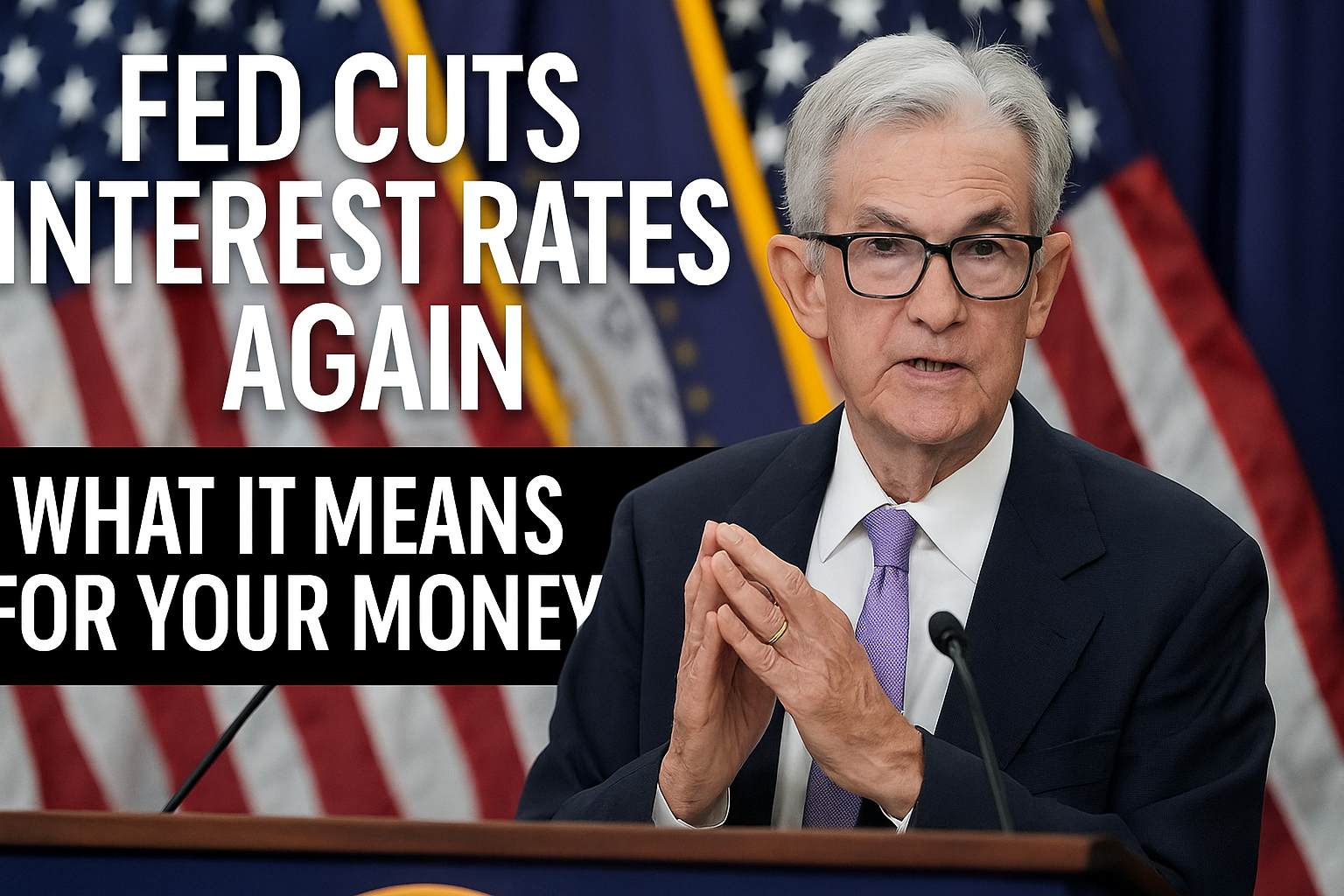Introduction
President Donald Trump pledged to tackle inflation on his first day in office, promising to make America affordable again. But as we near the end of 2025, inflation remains a stubborn challenge. While the rate of increase has slowed compared to the pandemic years, everyday items like groceries, housing, and fuel continue to weigh heavily on American households.
The latest data from the Bureau of Labor Statistics reveals a mixed picture some areas show improvement, but others, particularly housing and food, remain under pressure.
Inflation Snapshot: What the Numbers Show
In September 2025, the Consumer Price Index (CPI) rose 3% annually, slightly up from August’s 2.9%. The biggest contributors were housing and grocery costs.
“Heather Long, chief economist at Navy Federal Credit Union, said inflation officially hit 3% for the first time since January. Food and gas prices are the main drivers, and they affect everyone, especially low-income families who spend most of their paychecks on necessities.”
Although inflation today isn’t as severe as during the peak of 2022, it still exceeds the Federal Reserve’s ideal 2% target.
Housing Costs Continue to Climb
The housing market remains one of the biggest pain points for consumers. Prices for homes and rentals surged from 2021 to mid-2023 and have yet to return to pre-pandemic levels.
A recent survey by the Center for American Progress found that more than 75% of Americans believe housing affordability has worsened in their communities.
Lindsay Keeling, a Ph.D. candidate from New Mexico, shared her struggle:
“Rent has gone up so much here,” she said. “Our house will be sold soon, and finding an affordable place is nearly impossible. The cheaper options are small or in unsafe neighborhoods.”
Food Prices Still on the Rise
Even though inflation has cooled since the pandemic spike, food costs continue to climb. As of June, grocery prices were increasing at an annual rate of 2.4%, up from May’s 2.2%. Dining out remained even pricier, with restaurant prices rising 3.8% year-over-year.
Tariffs on imported goods are also adding pressure to food costs. Coffee, beef, and other staple items have all seen price increases as trade restrictions filter through the economy.
Gas Prices and the Cost of Driving
During his campaign, Trump vowed to reduce gas prices to below $2 per gallon. However, the national average currently sits around $3.04, offering little relief to drivers. While this is far lower than the pandemic peak, it’s still higher than pre-2020 levels.
The Federal Reserve continues to balance its efforts to stabilize prices while avoiding a slowdown in job growth. Rate cuts and monetary policies aim to bring inflation closer to the target range, but progress remains slow.
Understanding the Data
The Consumer Price Index (CPI), a key inflation measure, tracks how much Americans pay for goods like food, shelter, and healthcare. The Fed targets a 2% inflation rate, which is believed to support steady growth and job stability.
Meanwhile, the Bureau of Labor Statistics (BLS) compiles average price data for items like eggs, housing, and gasoline. Although these are national averages and don’t capture local variations, they provide a clear picture of cost-of-living trends.
Conclusion
Despite early promises to curb inflation, prices remain elevated in late 2025. While some progress has been made, housing, food, and gas costs continue to burden families across the country.
Economists warn that ongoing tariffs and global uncertainties could keep inflation higher than desired. For now, American households must navigate a challenging financial landscape where affordability remains an elusive goal.


